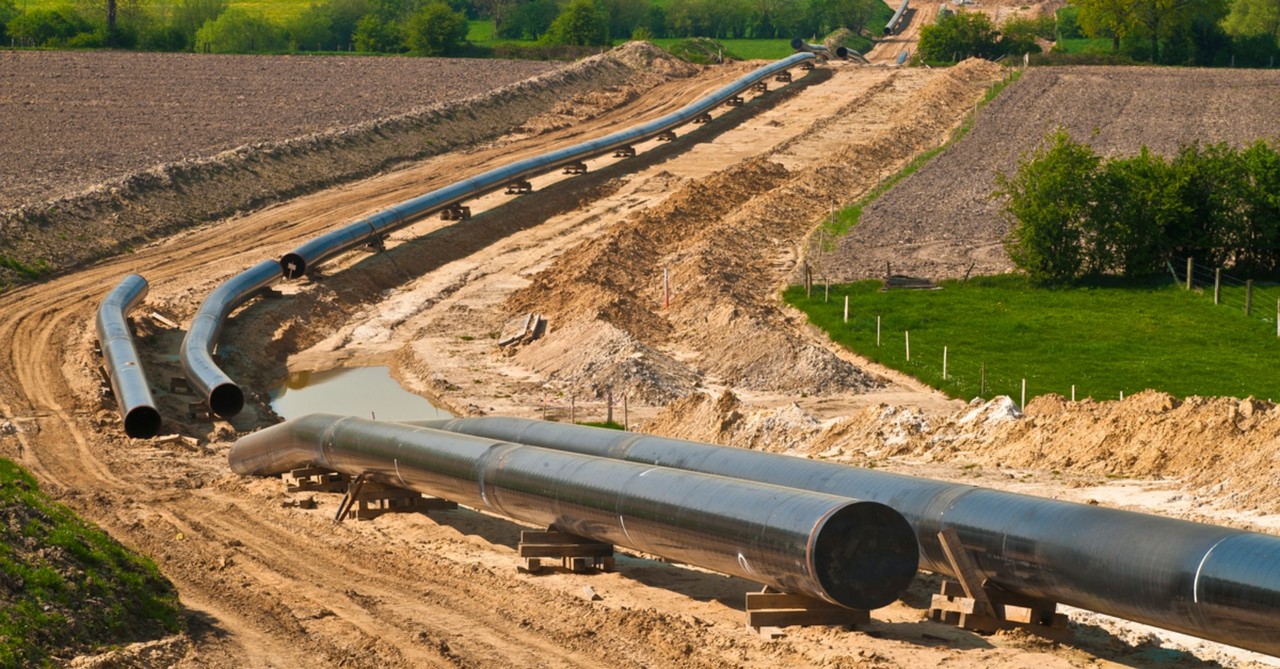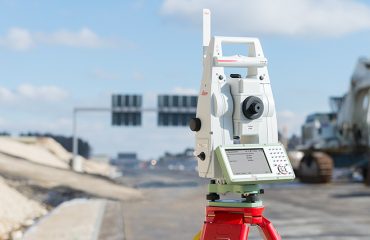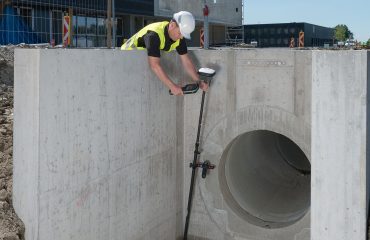When was the last time you ran a checkup on your pipeline surveying workflow? If your firm is like most, you keep a close eye on technology developments and have a (more or less) regular schedule for upgrading your hardware along with the associated software if it makes sense. But how often do you re-evaluate your entire process to make sure it’s up to par?
If you haven’t done so lately, now is a good time to start. Recent advances in automation are providing significant gains in efficiency that you can’t afford to miss. Here are the top 10 signs your firm might be due for an upgrade:
10) Your data techs solve number problems in their sleep.
Sure, a data tech’s job is to manage the data, but if they’re spending all of their time trying to find errors from inaccurate data entry in the field or tracking down missing heat numbers, you may have a problem.
9) Your data techs outnumber your party chiefs.
How many data techs does it take to support your surveying operation? If you’re still manually creating databases of heat numbers in pipe tally sheets and converting those to a format that can be imported by pipeline management software, you probably have too many data techs on staff. Although it was common in the past to need one data tech for every two to three field crews, firms with efficient workflows only need one data tech for every six to eight field crews.
8) Exporting and importing data is a full-time job.
How much time do you lose converting data so that it can be exported and imported between various pieces of software? With the latest technology, these conversions are no longer necessary, saving you valuable time that you can use for other endeavors.
7) The potential for coding errors keeps you up at night.
If your firm still enters codes and attribute data by hand in the field, you probably don’t think twice about double and triple checking all that data to reduce the risk of error. But wouldn’t you sleep better if you could eliminate all the manual data entry in the first place?
6) Your pups won’t line up.
Creating and tracking the short lengths of pipe known as pups can be tedious work, but it doesn’t have to be. Advances in automation make it fast and easy to track pups and compare final measured pipe length to the tally sheet for data verification
5) You have trouble tracking your joints.
Joint attribute tracking and final measured joint length comparisons shouldn’t be handled by humans. Automation can make quick work of this tedious task.
4) Weld mapping is hard work.
To minimize risk and ensure the correct pipe is laid in the right place, your workflow should automatically tie the weld in the field back to the adjacent pipe, back to the yard, and all the way back to the fabricator. If you’re doing any of this work manually, you should rethink your approach.
3) Reconciliation and reporting takes you weeks or months to finish.
If your team regularly spends weeks reconciling data after the pipe is put in the ground and months generating reports, you owe it to yourself to look for an alternative. With the right workflow, it’s possible to reconcile data and generate reports in a matter of hours.
2) You are still trying to level your rod.
If you’re still using a level bubble to plumb your rod, that’s a sign you’re falling behind. The newest GNSS sensors use an IMU-based solution to give you an accurate position of your rod tip regardless of rod tilt and are immune to magnetic disturbances, enabling you to work quickly and confidently around metal pipe.
1) You want to be the best in the industry.
It’s a lofty goal but one you can attain as long as you’re using the most effective and efficient workflow. And do you really want to aim for anything less?
Even if you’re using the latest and greatest surveying technology, new developments in software applications are providing significant gains in efficiency for pipeline surveying workflows. Get a quick check on the pulse of your process and then compare the capabilities of the latest advances. Watch this on-demand webinar to get additional insights. You owe it to yourself to learn more.
Note: This article was originally published on LinkedIn. To explore solutions for more efficient and effective pipeline surveying, please contact us.



